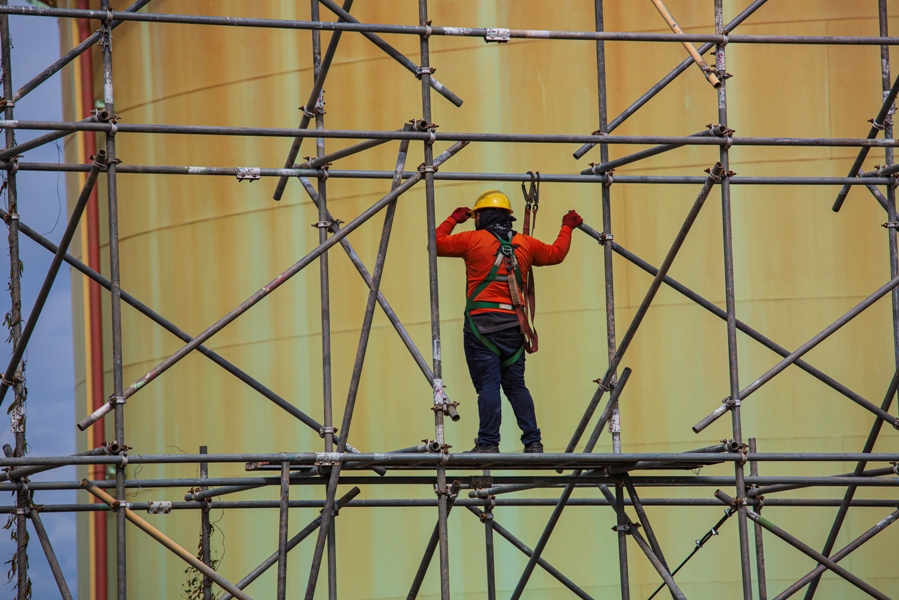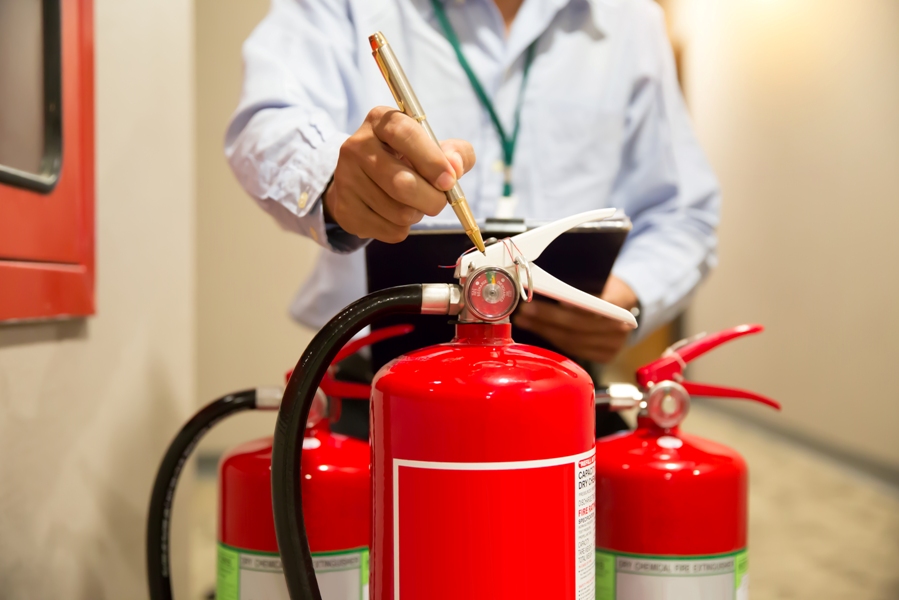
The Importance of HAZWOPER Certification in Hazardous Waste Operations
June 20, 2023
All You Need To Know About Excavation Competent Person Training
August 25, 2023The Mining Industry and The Importance of MSHA Certification

In the realm of high-risk industries, mining certainly tops the charts. With inherent risks that employees face daily, from cave-ins and explosions to equipment accidents and long-term health hazards, the importance of safety training in the mining industry cannot be overstated.
Such training is not only vital for employee protection but is also an indispensable part of meeting legal obligations. A critical aspect of this safety training involves earning the MSHA certification, a definitive way of mitigating workplace hazards in the mining sector.
Why is Safety Training Vital for the Mining Industry?
Mining, by its very nature, involves dealing with unstable elements of the earth. It also often involves the use of heavy machinery, chemicals, and processes that can be hazardous if not handled correctly. This is why safety training is so crucial in the mining industry. It equips workers with the knowledge and tools to navigate through potential hazards, ensuring their well-being and the efficiency of mining operations.
The training imparts essential information about emergency procedures, correct use of protective equipment, potential risks associated with different tasks, and preventive measures. It helps foster a culture of safety within the organization, reducing the likelihood of accidents and improving overall productivity.
Safety Training Requirements in the Mining Industry
Given the high-stakes nature of mining operations, the industry is heavily regulated to ensure safety standards. In the United States, the Mine Safety and Health Administration (MSHA) is the primary regulatory body overseeing mine safety. It provides comprehensive training guidelines, known as Part 46 and Part 48 safety training, and requires that all miners receive this training.
Training requirements include both new miner training and annual refresher training, covering topics such as hazard recognition, emergency procedures, rights and responsibilities, and more. MSHA also requires training for miners assigned to new tasks, where hazards may be different from their regular duties.
Essential Resources for Mining Industry Employers
Employers in the mining industry have an enormous responsibility to ensure the safety of their workforce. This includes staying up-to-date with MSHA regulations, providing comprehensive training, and creating an environment that prioritizes safety.
The MSHA offers a variety of resources for employers, from training materials and compliance guides to assistance programs. These resources provide valuable guidance for developing and implementing effective safety programs and ensuring compliance with MSHA regulations.
How Mining Industry Employers Can Protect Their Employees with MSHA Certification
Obtaining MSHA certification is one of the most effective ways for employers in the mining industry to ensure their employees’ safety. This certification means that the employee has completed the required safety training and is equipped with the knowledge to navigate the workplace hazards inherent in mining.
MSHA certification involves comprehensive training that covers the specific hazards of the mining environment. It includes instructions on hazard recognition, accident prevention, safety and health regulations, and more. This certification not only increases the individual’s safety awareness but also contributes to a broader culture of safety within the organization.
Certified employees are more likely to follow best practices, identify potential hazards, and take appropriate action when safety is at stake. They’re also less likely to engage in risky behavior, thereby reducing the overall risk of accidents.
Moreover, MSHA certification helps employers meet their legal obligations and avoid penalties associated with non-compliance. It’s not just a piece of paper, but a commitment to the wellbeing of employees, operational efficiency, and industry standards.
The mining industry presents a unique set of challenges, from the unpredictability of natural elements to the specialized nature of mining equipment and operations. It’s an environment where proper education, training, and preparedness can make a significant difference. It’s precisely where the MSHA certification proves its worth.
Ensuring Compliance with Safety Regulations
Regulations set by MSHA are not optional; they are mandatory, and non-compliance can lead to severe penalties, both financial and legal. Companies operating without the necessary certifications risk more than fines; they risk their reputation, their financial stability, and most importantly, the lives of their employees. MSHA certification ensures adherence to the prescribed standards and regulations, protecting the company from potential legal ramifications.
Enhancing Employee Confidence and Morale
Knowing that the organization values their safety and invests in their training, employees feel more confident about their work. MSHA certification equips them with the knowledge and skills to handle potential hazards, making them feel secure in their roles. This sense of safety and assurance can significantly boost morale, positively affecting productivity and job satisfaction.
Building a Safety-Conscious Culture
A safety-conscious culture is one where every individual, from the top management to the newest recruit, prioritizes safety. In such a culture, safety isn’t viewed as a box-checking exercise, but as an integral part of every process and operation. Achieving MSHA certification is a step towards creating such a culture. It’s a clear indicator of the organization’s commitment to safety and health, which helps inculcate the same values in the workforce.
Proactive Hazard Management
MSHA certification involves training in hazard recognition and accident prevention, preparing employees for potential threats. This knowledge allows them to proactively identify and mitigate hazards before they escalate into severe incidents. It creates a more robust system of hazard management, where threats are detected and dealt with promptly, preventing accidents and downtime.
Nurturing a Skilled Workforce
MSHA certification does more than ensure regulatory compliance; it nurtures a workforce skilled in the unique requirements of the mining industry. These employees bring more to the table than their technical skills; they understand the industry’s inherent risks and how to handle them effectively. They can make informed decisions, respond appropriately to emergencies, and contribute to the overall safety and efficiency of operations.
Final Thoughts
The importance of MSHA certification in the mining industry goes beyond regulatory compliance. It’s a vital tool in managing workplace hazards, nurturing a skilled workforce, enhancing employee morale, and building a safety-conscious culture. In the high-risk environment of the mining industry, investing in MSHA certification isn’t merely a legal obligation; it’s a strategic business decision that reaps significant benefits in safety, efficiency, and employee well-being.
MSHA certification is not merely an optional add-on for the mining industry; it’s a necessity. Its importance in reducing workplace hazards and promoting a culture of safety is invaluable. By investing in MSHA certification, employers protect their workers, ensure compliance with regulatory requirements, and contribute to the overall success of their mining operations.
Impact Safety
The Mine Safety and Health Administration (MSHA) aims to ensure the health and safety of miners by helping develop robust training programs and strict safety standards within the mining industry. MSHA certification, offered by Impact Safety, is a crucial part of these efforts. Impact Safety’s certification courses cover both Parts 46 and 48 mines. We offer a 3-day New Miner Course, designed to equip new or newly hired miners with essential knowledge about MSHA’s hazard awareness for mining sites, including various mining operations and the safety measures required around mining equipment. This training is mandatory for new miners within their first 90 days of employment. Additionally, Impact Safety offers refresher training for certified miners to keep their knowledge and skills up to date with MSHA standards and regulations.



